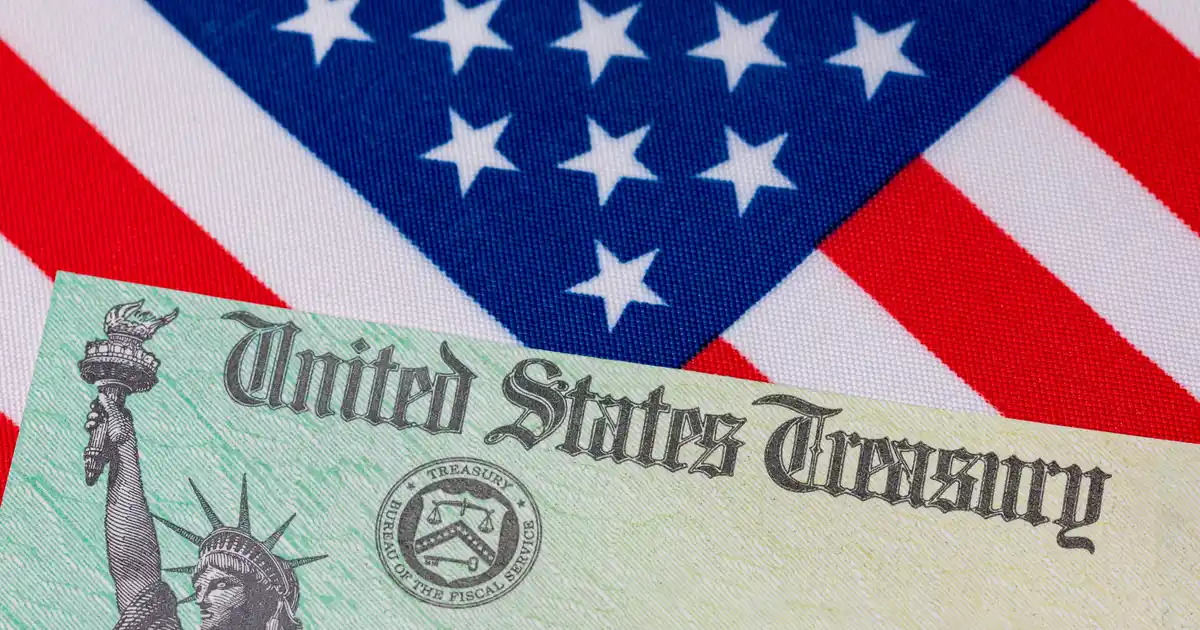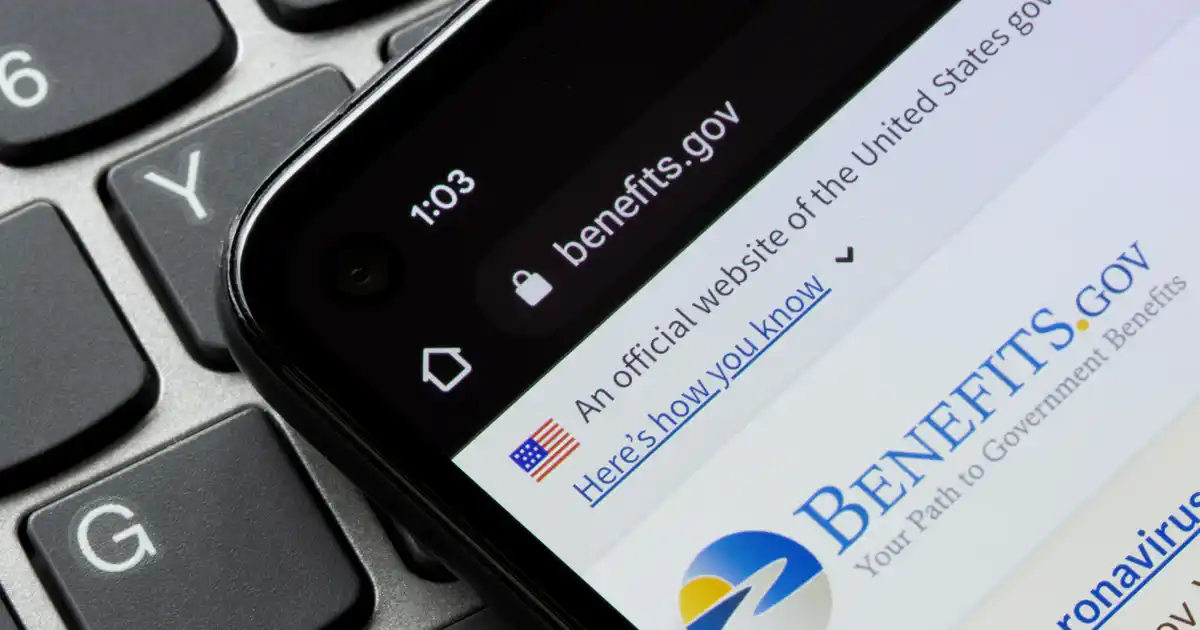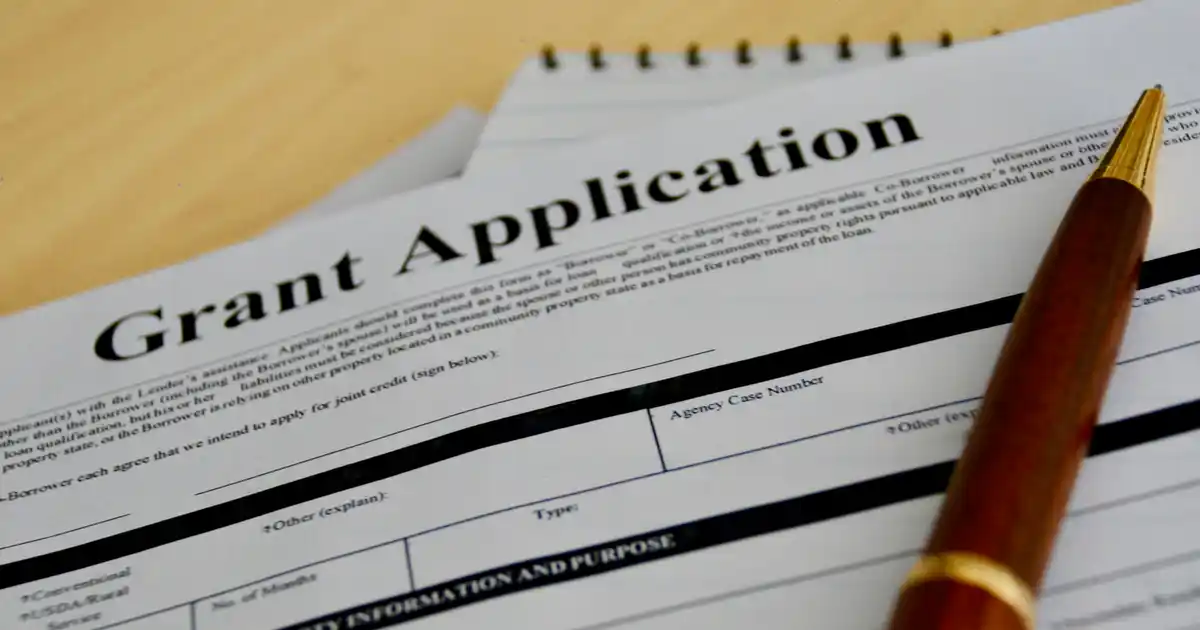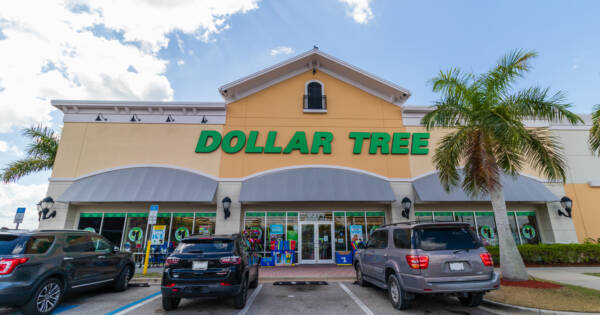- Personal grants are funds provided by the government or other organizations to assist individuals who are experiencing financial hardship.
- Grants can be used toward a variety of needs, including child care, legal services, tuition and housing.
- Some grants are easy to apply for, while others have strict eligibility criteria and may have a difficult and time-consuming application process.
Most things in life aren’t free, but personal grants are close. Generally funded by the government, personal grants help Americans pay for expenses during financial hardship without taking on loans or other debt.
Many kinds of personal grants help individuals pay for expenses, such as child care, housing or education, but they come with specific eligibility criteria. If you are in need of some financial assistance, read on discover what options may be available to help you and your family make ends meet.
What Are Personal Grants?
Organizations and government agencies provide financial assistance to individuals in the form of personal grants. Unlike loans, personal grants don’t need to be repaid.
Individuals experiencing financial hardship can use personal grants to pay for necessary expenses without taking on debt or going without. These grants can help people get a fresh start, relieve financial stress and improve their quality of life. Other benefits programs may offer other awards, such as food stamps or tuition payments, rather than cash payouts.
Some personal grants are offered directly by the federal government, but many are distributed to state governments, universities, hospitals and other organizations to then award to applicants who satisfy eligibility criteria.
 Shutterstock
ShutterstockTypes of Free Money Personal Grants
Free money personal grants can be used across a variety of expense categories. Benefits.gov provides a complete list of personal grants and other benefits offered by the federal government.
Grant categories include:
- American Indian/Alaska Native and Native youth
- Child Care/Support
- Counsel/Counseling
- Disability Assistance
- Disaster Relief
- Education/Training
- Employment/Career Development
- Energy Assistance
- Environmental sustainability/Conservation
- Family social security
- Food/Nutrition
- Healthcare
- Housing
- Insurance
- Medicaid/MedicareMilitary: Active Duty and Veterans
- Social Security Disability Assistance
- Social Security Insurance
- Living Assistance
- Social Security Medicare
- Social Security Retirement
- Spouse and Widow(er) Social Security
- Supplemental Security Income
- Tax Assistance
You can browse categories or use the Benefits Finder questionnaire to find grants you may be eligible for.
 Shutterstock
ShutterstockWhere Can Personal Grants Be Used?
Similarly to loans or other monetary gifts, recipients can use personal grants for a variety of purposes with few or no restrictions. For example, some people use grants to pay off debt and avoid extra interest charges, while others may use the extra cash to cover unexpected medical bills. Typically, personal grants are used for:
- Transportation
- Fuel
- New vehicles
- Child care
- Medical bills and insurance
- School supplies
- Education and training
- Caretakers or personal assistance
- New home
- Home renovations or repairs
- Real estate taxes
- Community improvement
- Housing costs, utilities, groceries and other needs
- Conservation
- Legal services
 Shutterstock
ShutterstockHow Do I Get a Personal Grant?
Before applying for a grant, it’s important to assess your financial needs. Consider what you want to use the grant toward and whether the available grants are enough. Once you’ve narrowed down your needs, you can start the application process by identifying sources of grants, such as government agencies or other organizations. As you search through sources, create a list of potential grants and verify your eligibility for each one.
Grant applications can be time-consuming, tedious and difficult. You may be required to write a grant proposal or provide documents regarding your personal circumstances.
Be cautious of fraudulent grants. In some cases, scammers ask for personal information or money in exchange for a grant that doesn’t exist.
 Shutterstock
ShutterstockLow Income Home Energy Assistance Program
The Low Income Home Energy Assistance Program is intended to help low-income households pay for immediate home energy needs, such as energy bills, weatherization, energy-related home repairs and energy crises. This is intended for those with the lowest incomes to the highest proportion of household income for home energy to help keep them safe and healthy.
LIHEAP is funded by the federal government, but states, tribes and territories must apply to receive it. Grantees then distribute grants to eligible applicants.
 Shutterstock
ShutterstockChild Care and Development Fund
The Child Care and Development Fund is a federal and state partnership program with over $5 billion in federal funding. Under the Child Care and Development Block Grant Act, states, territories and tribes administer grants to eligible applicants.
This program provides assistance to low-income families who need child care due to work or education demands. It helps fund child care assistance for about 1.4 million children from low-income families each month.
To qualify for this grant, you must be the primary caregiver of a child under 13 years old and characterize your financial situation as low income. You must also be employed or enrolled in a training or education program.
 Shutterstock
ShutterstockDown Payment Assistance
Some organizations provide down payment assistance to first-time homebuyers, and each state usually has a few available to applicants. These funds are intended to be applied directly to the down payment.
In most cases, a down payment assistance grant comes with a zero-interest second mortgage. For example, the Chenoa Fund offers eligible applicants 3.5% of the purchase price for the down payment. If the borrower makes 35 consecutive payments on time, the second mortgage will be forgiven.
 Shutterstock
ShutterstockFederal Pell Grant
Distributed by Federal Student Aid, Federal Pell Grants are generally awarded to undergraduate students who demonstrate significant financial need. This grant can help students cover their tuition, housing and other education-related expenses. Grantees receive lump sums each term based on their total assistance for that award year.
Students can apply by submitting a Free Application for Federal Student Aid form, which schools automatically use to determine financial assistance eligibility. Grant amounts change yearly, but the maximum award for 2022 is $6,895.
 Shutterstock
ShutterstockFederal Supplemental Educational Opportunity Grant
Along with the Pell Grant, students who demonstrate the most financial need among applicants may also qualify for the Federal Supplemental Educational Opportunity Grant. Depending on factors, such as fund availability and financial need, students can receive between $100 and $4,000 per year. This is paid out at least once per term by the school to an individual’s student account balance, the student’s bank account or a combination of both.
FSEOG is automatically considered when students apply for FAFSA. Participating schools receive a certain amount of FSEOG funds from the Federal Student Aid office.
The main difference from the Pell Grant is that while FSEOG has a limited amount of yearly funds, Pell is non-exhaustive and granted to every eligible student.
 Shutterstock
ShutterstockTeacher Education Assistance for College and Higher Education Grant
Unlike other federal student grants, the TEACH grant obligates you to be enrolled in a TEACH-eligible education program. Students must agree to teach full-time in a high-need field at a low-income school or educational service agency.
In exchange, students receive up to $4,000 per year. These grants are not repayable unless recipients fail to satisfy grant conditions.
Students apply for TEACH through FAFSA. Once eligibility is confirmed, students must receive TEACH counseling each year to understand their obligations and sign an agreement to either serve or repay.
 Shutterstock
ShutterstockIraq and Afghanistan Service Grant
The Iraq and Afghanistan Service Grant can help students pay for college or university if their parent or guardian was a U.S. armed forces member and passed away as a result of military service in Iraq or Afghanistan. Students must have been under 24 years old or enrolled in college at the time of their parent or guardian’s passing.
Students who receive this grant aren’t eligible for a Pell Grant on the basis of expected family contribution but satisfy other eligibility criteria. The grant award is equal to the maximum Pell Grant for that year but can’t exceed attendance costs. Recipients receive grant payments at least once per term to use for expenses as needed.
 Shutterstock
ShutterstockTemporary Assistance for Needy Families
The Temporary Assistance for Needy Families program provides states and territories with grant money to distribute to families experiencing financial hardship. Some of these funds are directly provided to eligible applicants in monthly cash assistance payments. Other support may include child care, job preparation and work assistance.
To qualify for assistance, individuals must be unemployed or underemployed and have a low income. They must also meet one of the following criteria:
- Have a child 18 years old or younger
- Be pregnant
- Be 18 years old or younger and the head of their household
asdf
 Shutterstock
Shutterstock







